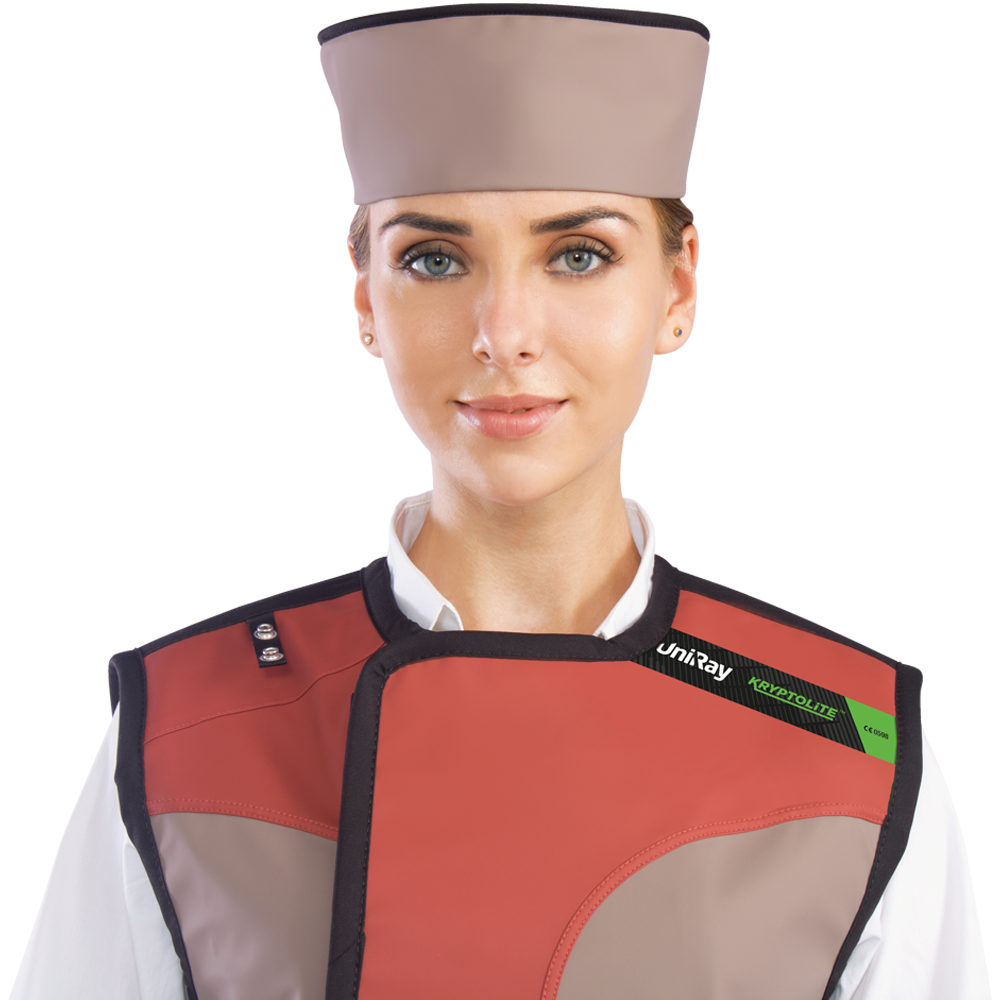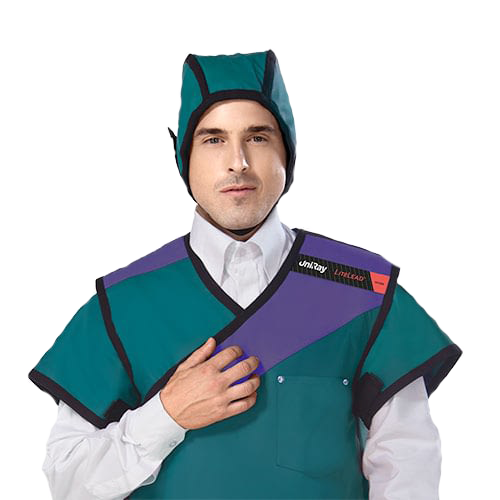In settings with frequent radiation exposure—such as medical, dental, or industrial environments—proper headgear protection is essential. This guide explains the importance of headgear in radiation safety, discusses related secondary protection options like lead aprons and thyroid collars, and provides tips for effective gear selection and usage.
What is Headgear Protection for Radiation Safety?
Radiation protection is crucial to shield the head, neck, and other sensitive areas from harmful exposure. Even small doses of radiation can accumulate over time, leading to serious health risks, including cancer and thyroid problems.
Types of Radiation Headgear Protection
1. Lead-lined Caps
Lead-lined caps provide essential protection for the skull and brain by blocking radiation. They are ideal for individuals frequently exposed to X-rays and other radiative sources, such as radiology technicians and dentists.
2. Lead Goggles
Radiation exposure can be particularly harmful to the eyes, with the potential to cause cataracts. Lead goggles are specifically designed to shield the eyes, offering essential protection in medical environments where procedures like radiography and fluoroscopy are performed.
3. Thyroid Collars
The thyroid is highly sensitive to radiation, making thyroid collars a critical component of radiation safety gear. These collars block radiation from reaching the thyroid gland, helping to reduce the risk of thyroid-related health issues.
Secondary Radiation Protection Gear
Besides headgear, other types of protective equipment complement headgear to ensure full-body protection.
Lead Aprons
Lead aprons are worn over the torso to shield essential organs from radiation. When choosing a lead apron, look for ones specifically designed for radiation protection, as they offer the highest level of coverage. Lead aprons are often used in combination with headgear protection for comprehensive safety.
Lead Gloves and Shields
Lead gloves protect the hands and forearms, while shields can provide an additional layer of protection during procedures. Using these secondary protective items with headgear ensures complete coverage against radiation exposure.
Features to Look for in Radiation Headgear and Accessories
When selecting protective gear, prioritize the following features to ensure effective radiation safety:
Lead Thickness
The level of protection offered by headgear and accessories depends on the thickness of the lead. Thicker lead layers block more radiation but may add extra weight. Choose the thickness that provides sufficient protection without compromising comfort.
Fit and Comfort
Comfort is essential for long periods of wear. Look for ergonomic designs that fit well and distribute weight evenly, reducing strain on the wearer.
Durability and Quality
Choose high-quality materials to ensure that headgear and protective equipment offer consistent protection and have a longer lifespan.
Tips for Effective Use of Radiation Headgear Protection
1. Regular Inspection
Regularly check headgear, lead aprons, and thyroid collars for any signs of wear or damage. Even small cracks can compromise the protection offered.
2. Proper Storage
Store radiation protection gear in a cool, dry location. Avoid folding or creasing lead aprons, as this can cause cracks that reduce their protective effectiveness.
3. Consistent Usage
Ensure all protective equipment—including headgear, lead aprons, and thyroid collars—is worn during every radiation-exposing procedure to maximize safety.
Conclusion
Radiation headgear protection is a fundamental part of personal safety for professionals working in environments with radiation exposure. When combined with secondary protection like lead aprons and thyroid collars, headgear offers robust defense against radiation risks. By choosing quality gear, regularly inspecting equipment, and following proper usage tips, professionals can protect themselves from long-term radiation exposure and maintain their health over time.

